Growing Swiss chard from seeds, care and harvesting features
Growing chard on the site and caring for it is not difficult. This vegetable is unpretentious, it is harvested all summer long, and there are even more vitamins and nutrients in it than in other greens. Externally, chard is similar to beet tops, and because of this it is called "leaf beet". But the leaves and petioles taste better and are not as rough as beets.
Sowing seeds in the ground
Mangold is a cold-resistant plant. This allows cultivation by sowing seeds in the ground already in April.
Seeds emerge at a temperature of + 5 °, the first seedlings hatch in two weeks. The higher the temperature, the faster the seeds germinate. To improve germination, the seed is soaked in water at room temperature. After a day, the seeds will hatch, and only then should they be used for planting.
The seeds are laid out in grooves to a depth of about three centimeters. Depending on what type of chard, the distance between the grooves is observed:
- petiole varieties - not less than 35 cm;
- leafy - 30 cm is enough.
Seeds are sown at a distance of 2-4 cm from each other, then repeated thinning is carried out. Weak, late sprouts are removed. Ultimately, there should be an interval of 40 cm between petiolate varieties, and about 15 cm between leaf varieties. Growing in thickened plantings leads to defective foliage development and the likelihood of fungal diseases.
Seedlings perfectly tolerate frosts down to -3 ° C, but if the temperature drops for a long time, then growth slows down. Instead of growing foliage, chard releases a flowering arrow and sets seeds early. At the same time, the yield is significantly reduced.
Advice
In case of probable cold weather, the bed should be covered with agrofibre at night, and in some cases, the shelter should not be removed during the day.
If early sowing dates are chosen, germination can be accelerated.
- A month before sowing, the bed is covered with black polyethylene. Under it the snow melts faster and the soil warms up.
- When the soil at a depth of 4-5 cm warms up to a temperature of + 5 ° C, you can plant.
- Arcs are installed above the bed, onto which a white covering material is pulled, its density can be from 30 to 40 g / m2.
- After the seedlings appear, the shelter is not removed until the temperature is above + 15 ° C.
- Care before removing the cover consists in keeping the soil moist.
Chard has a high yield, so it is enough to plant 5-7 plants per family. If the care is carried out correctly, then the collected leaves and petioles will be enough for fresh consumption and freezing for the winter.
Sowing seeds in late autumn
Chard can be grown by sowing in winter. This is practiced in areas where winters are short with light frosts. Seeds sprout early, and it is advisable to cover the seedlings with a possible cold snap.
The grooves in the garden bed are prepared in advance. It is necessary to prepare a bucket of dry earth and put it in a warm room.
When the soil freezes, the seeds are laid out in rows, and prepared dry soil is poured on top. Frequent winter thaws have a negative effect on germination.
Growing seedlings
In regions where winter does not end for a long time, it is recommended to grow this vegetable using the seedling method. The crop is ready to be harvested a month earlier than when sowing directly to the garden.
The seeds are planted in late March or early April. Any nutritious soil from the garden or purchased universal soil is suitable. Seed germination takes place in a warm place, under the film. At room temperature, sprouts appear in 4-5 days.
It is not necessary to sow densely, it is enough to thin out the seedlings once with a distance of 7 cm between seedlings.
After the first sprouts appear, the box with seedlings is transferred to a bright place, and the temperature in the room should not be higher than 13-15 ° C. A glazed loggia or an insulated balcony is suitable for this.
Seedling care is simple. It is important not to let the soil dry out, try to maintain the temperature and ventilate the room.
Chard is transplanted to the garden bed when the air temperature is above +15 and is stable, and the seedlings are 3-4 weeks old.
If necessary, you can grow seedlings closer to mid-summer. In this case, the leaves will be more tender and juicy, and the care for chard will be reduced, because weeds grow less in the second half of summer.
Choosing a place for chard, preparing the garden and leaving
Cultivation of leaf beets is possible on any soil, the main requirement is that it must be loose and moderately moist. Those areas where water stagnates for a long time after rains are not suitable for this plant.
Important!
Chard tends to accumulate nitrates. This happens if the cultivation is done in a shaded area, fertilizer is applied with an overabundance, and irrigation is carried out irregularly.
These features must be taken into account when choosing a place for the garden and carrying out maintenance:
- the place should be illuminated by the sun throughout the day, shade is undesirable even for a short time;
- you cannot grow chard in one place for two years in a row;
- do not plant chard in the garden where any types of cabbage, spinach, beets grew last year;
- the garden bed is prepared in the fall - well-rotted manure or decomposed compost is brought in and dug up (since the roots of the leaf beet go into the ground to a sufficient depth, it should be dug deeply - by 30-40 cm);
- in the spring, before planting, a complex of mineral fertilizers is applied - superphosphate, potassium chloride and ammonium nitrate in equal proportions, 30 g / m each2;
- care after planting consists in loosening the soil, removing weeds as they appear and keeping the soil moist;
- when peduncles appear, they must be removed immediately;
Also, care consists in the timely harvesting.
Harvesting
The first crop can be harvested 1.5 months after the first shoots appear. This should be done regularly. The older the leaf, the coarser it is, and the petioles of some varieties can become fibrous.
Leaves are plucked just before consumption. They break off the extreme ones, leaving the stalk no higher than 5 cm. The tops are not stored for a long time, but if you put it in a plastic bag and put it in the refrigerator, then the taste and properties are preserved for two to three days.
Before use, the foliage must be soaked in cold water for half an hour to flush out possible nitrates. When using tops and stalks for shchey, the water is drained 3 minutes after the start of cooking and boiling is continued in new water.
The more often the leaves are harvested, the faster new ones grow. Do not pluck the leaves from the middle of the rosette, because there is a possibility of damage to the growing point. At one time, it is advisable to cut off no more than a quarter of the entire tops, so as not to disrupt the process of photosynthesis.
Output
Growing just a few chard bushes and taking proper care of it allows you to harvest from early summer until the first frost. If the recommendations are followed, the chard leaves will contain a large amount of nutrients, and nitrates will be completely absent.
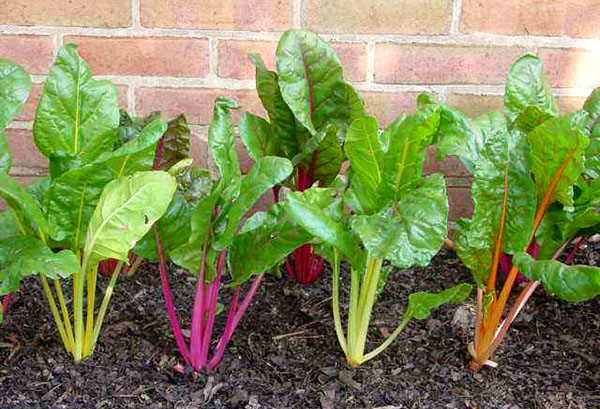
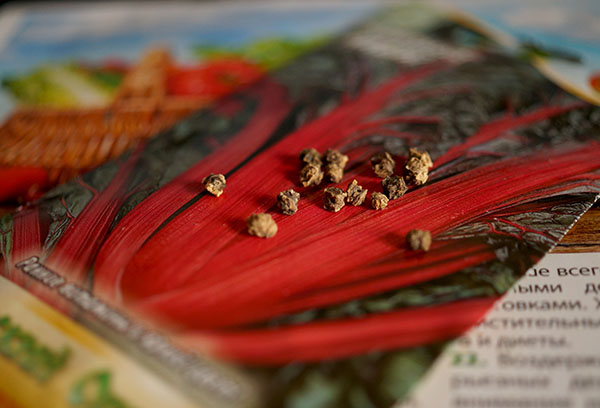
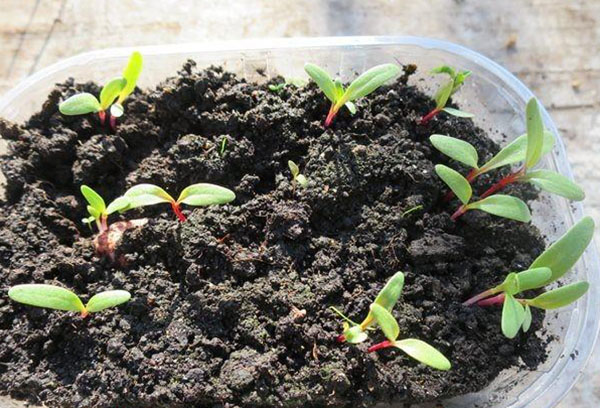
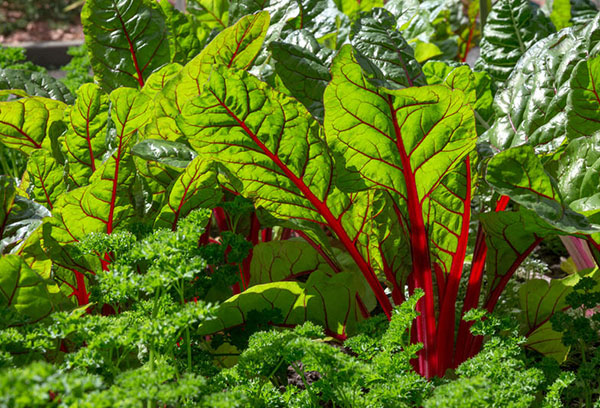
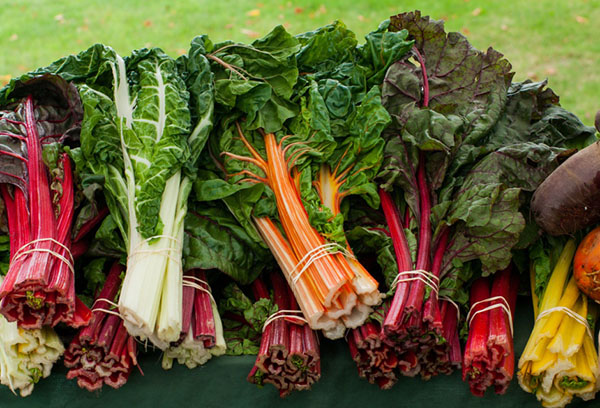
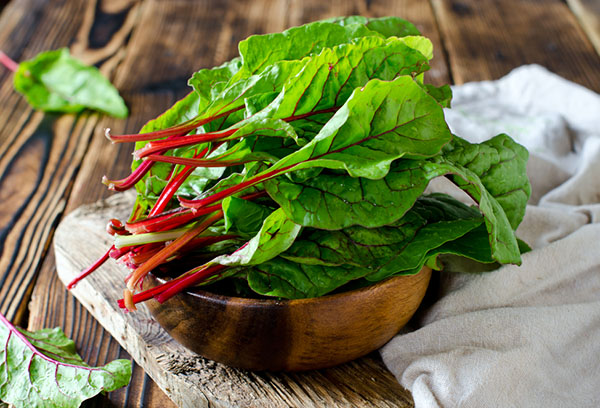
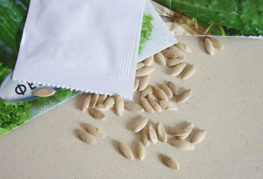
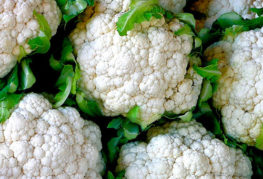
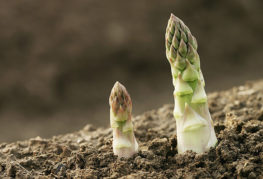
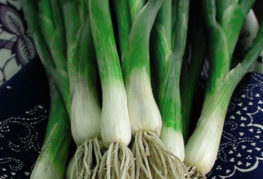

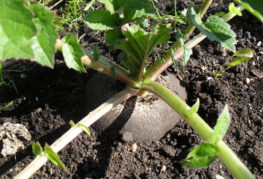
and will be published shortly.